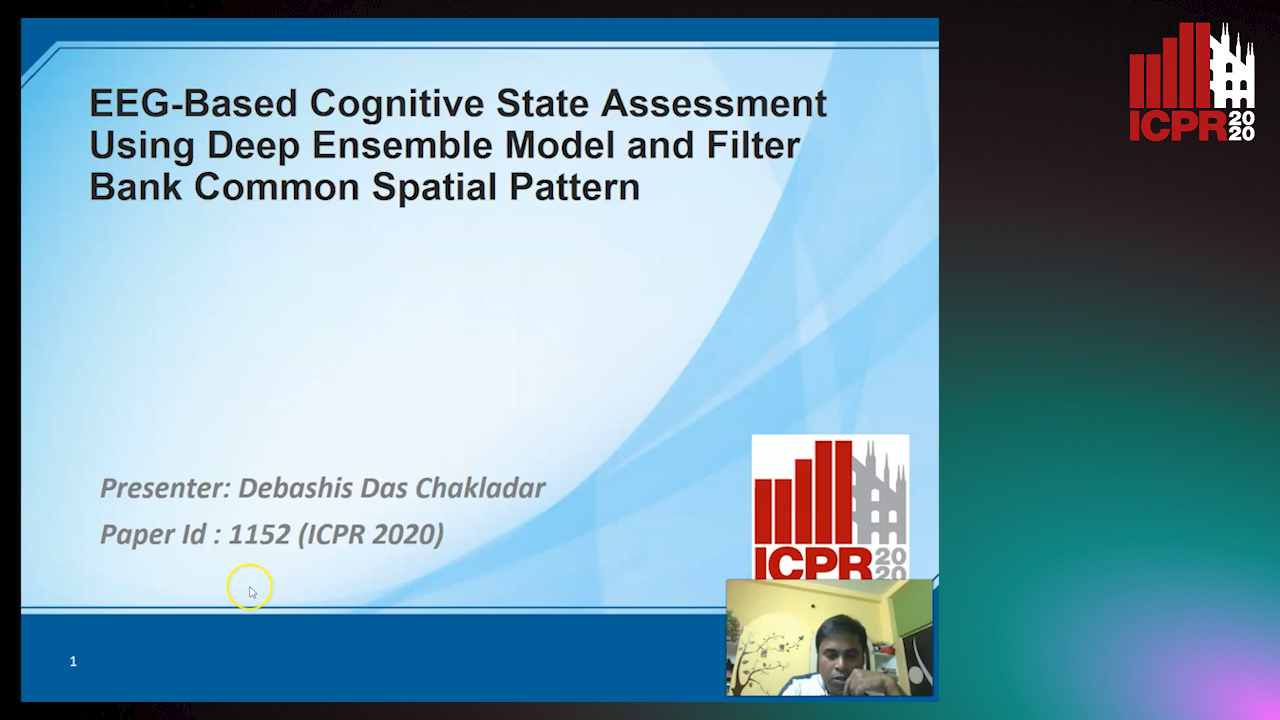Masakazu Iwamura
Papers from this author
Distortion-Adaptive Grape Bunch Counting for Omnidirectional Images
Ryota Akai, Yuzuko Utsumi, Yuka Miwa, Masakazu Iwamura, Koichi Kise

Auto-TLDR; Object Counting for Omnidirectional Images Using Stereographic Projection
EEG-Based Cognitive State Assessment Using Deep Ensemble Model and Filter Bank Common Spatial Pattern
Debashis Das Chakladar, Shubhashis Dey, Partha Pratim Roy, Masakazu Iwamura

Auto-TLDR; A Deep Ensemble Model for Cognitive State Assessment using EEG-based Cognitive State Analysis
Abstract Slides Poster Similar
End-To-End Triplet Loss Based Emotion Embedding System for Speech Emotion Recognition
Puneet Kumar, Sidharth Jain, Balasubramanian Raman, Partha Pratim Roy, Masakazu Iwamura

Auto-TLDR; End-to-End Neural Embedding System for Speech Emotion Recognition
Abstract Slides Poster Similar